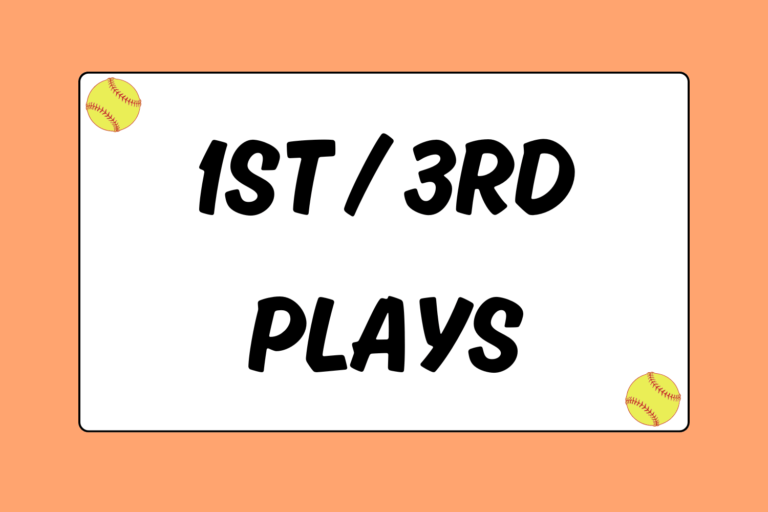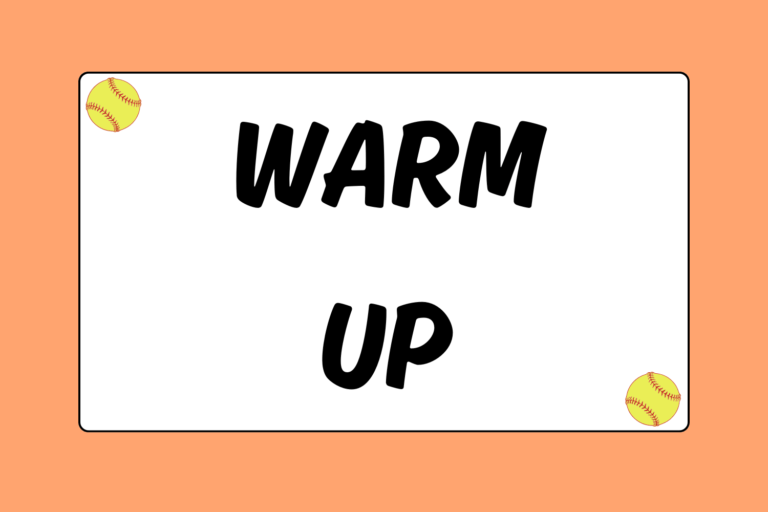It’s unrealistic to expect a pitcher to throw a perfect strike every pitch, and in some situations, the pitch might be out of the strike zone on purpose. As such, it’s crucial for every catcher to be skilled in blocking. When a ball is in the dirt, you only have one job: Prevent the ball from getting past you. But don’t let this responsibility daunt you.
Catching might not by glorious or popular, but it’s the most important spot on the field. If a catcher can’t catch, the pitcher can’t pitch, and it all starts with proper blocking technique. So take the following tips to heart and you’ll be unstoppable behind the plate.
Replace Your Feet
When a ball hits the dirt in front of you, block it with your entire body. That is, drop to your knees and use your body as the backstop. To do this properly, you have to be able to recognize where the pitch is going as it’s coming off the pitcher’s hip (release point). So keep your eyes on that spot and once you see the ball hit the dirt, drop to your knees:
- Replace your feet with your knees in one, fluid motion: Drive your knees into the ground to where your feet were (about shoulder-width apart, with your upper body centered between them).
- Clear your feet: So that you can get to your knees easier, clear away your feet by sliding them out to the side of your body. Keep your shins on the ground and your toes pointed back and away from you to be in the best position to block the ball.
- Drop your mitt: As you see the ball approaching the dirt, drop your mitt between your legs. The web of your mitt should be in contact with the ground, and the palm of your glove should be squared towards the pitch. Your fingers will be below the ball.
- Tuck your arms: As you drop your glove, keep your throwing hand poised above the mitt or tight to your throwing-side. Your glove-side arm should be tight to your body, making a larger blocking area.
- Angle forward: Your upper body should be straightened and angled forward, over the ball. By doing this, you can knock down the ball and deflect it straight into the ground, rather than away from you.
- Keep your eyes down: Tuck your chin and always watch the ball.
- Block it & watch it: After a catcher has blocked the ball, she can do one of two things. If there is a runner on base, she should pop up into her throwing stance. If there are multiple runners on base and a catcher can’t get her mitt on it, she’ll often deflect it forward and watch the runners. That way, she can step and throw to where the lead runner is. With no one on, she’ll simply get the ball back to the pitcher.
Hot Tip: No Mousetrap!
When you are blocking a low ball, never mousetrap the ball. That is, never capture the ball between the ground and your glove (fingers above the ball). By trapping it like this, you increase the likelihood that it rolls through. Instead, make sure that your fingers (and glove) are below the ball at all times.
Side to Side
When the ball is in the dirt, but not right in front of you, you can’t just drop to your knees — you still need to put your body behind the ball. That is, you need to slide to the ball. There are two common ways you can get behind the ball:
- Slide with both feet: Push off both feet (from the starting catcher’s stance) and drop into position in front of the ball. Drive off your toes and start dropping your knees immediately. Your upper body should be leaning in the direction of the ball anyway, so let that momentum help you slide. This should all be done in one, quick motion.
- Slide with one foot: Depending on where the ball is, drive the near-side foot toward the ball (take a small step towards it) and then drop down in front of it. Your far-side knee will naturally be first to drop.
Blocking Tips
No matter where you need to get in order to block the ball, there are a few tips to remember:
- Always keep your shoulders and hips squared to the pitcher as you block to decrease the chances that you deflect the ball to the side or over your shoulder.
- Keep your head down.
- Keep your upper body angled forward so that the ball hits you and is deflected down and stays within an easy grasp.
- Keep our arms tight to your body to create a bigger space for blocking.
- Make sure that every motion is quick and fluid.
Hot Tip: Practice with a Drill
A great way to practice getting into and out of the blocking position is to practice. All you’ll need is a timer and your gear for this drill. Start facing your timer while standing with your knees bent and feet slightly wider than shoulder-width apart. With both feet, twist your body to the left, then back to center, then to the right, and then back to center. Then drop down into a blocking stance. Finally, pop back up and start again.
The key is to stay low so that your knees don’t have far to travel before hitting the ground. Do this for 30-second intervals, at least twice every practice.
Stop, Drop, & Block It
The catcher’s position is no easy feat. Many times, attention is only brought to the plate when there are errors and wild pitches, and in those cases fans often question the catcher’s abilities rather than the pitcher’s. But don’t let it discourage you — if you learn how to block and practice hard, your fans and coaches will know you’re stopping everything you can. You can’t control whether a pitcher is going to be wild, so focus on what you can control, and block everything in front of you!





